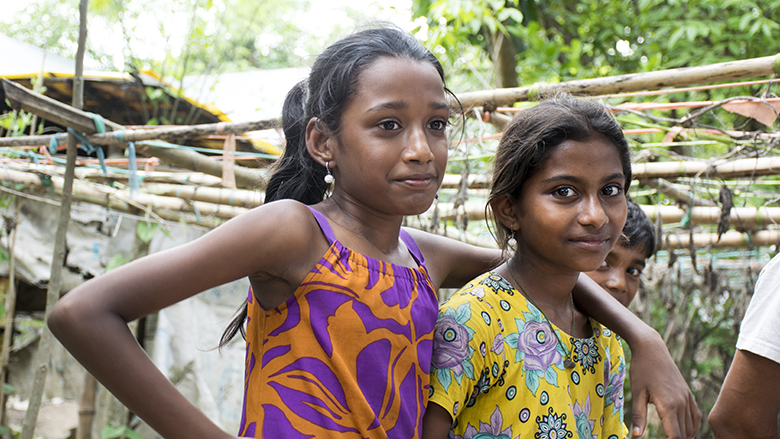From Transparency to Transformation
The index will measure the health of children, youth, and adults, as well as the quantity and quality of education that a child born today can expect to achieve by the age of 18. This will help strengthen transparency, which strong evidence suggests can move people and policymakers to demand and create better services. The data is intended to jumpstart a conversation in each country about what matters for tomorrow, led at the highest levels of government.
“The new measurements will encourage countries to invest in human capital with a fierce sense of urgency. That will help prepare everyone to compete and thrive in the economy of the future – whatever that may turn out to be,” President Kim said. “And it will help make the global system work for everyone.”
The Human Capital Project will help countries in several areas: leveraging resources and increasing spending efficiency, aligning policies with results-focused investments, and addressing measurement and analytical gaps.
Governments are already demonstrating an interest in transforming their human capital outcomes. Some of the first countries that are working with the World Bank Group on human capital strategies will share highlights at the Annual Meetings in October.
No country can afford to under-invest in its human capital. While the context varies, a focus on human capital is essential for countries at all income levels, since the frontier for skills is continuously moving and the demand for better education and health is increasing everywhere.
The Human Capital Project should deliver progress toward a world in which all children arrive in school well-nourished and ready to learn; can expect to attain real learning in the classroom; and are able to enter the job market as healthy, skilled, and productive adults.
